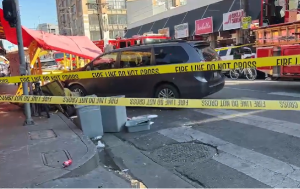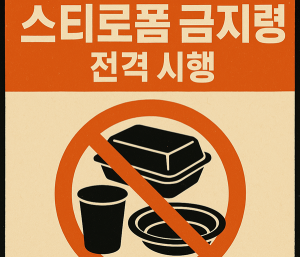Juhwan Kim, 12th grade / Cypress High School
Drug use among students is a serious problem that impacts their health, academic performance,
and school safety. At Cypress High School, we already have measures like assemblies and strict
rules, but these alone aren’t enough. To make a real difference, we must take a new approach
focusing on prevention, education, and support.
Research shows that approximately 17% of high school students have used illicit drugs,
according to the CDC’s 2021 Youth Risk Behavior Survey. Additionally, 25% of teens cite stress
and anxiety as their primary reason for turning to substance use (National Center for Drug Abuse
Statistics). These numbers reveal a clear need for action—not just discipline but meaningful
change.
Drug use affects more than just individual students. It disrupts their ability to concentrate, hurts
their grades, and damages their relationships. On top of that, it creates safety concerns for
everyone on campus. While assemblies are meant to raise awareness, most students don’t fully
engage with them, and strict rules often focus too much on punishment instead of helping
students avoid or overcome the problem.
Instead, we should look at more proactive solutions. For example, a peer mentoring program
could be effective. Students are often more comfortable talking to peers about tough topics like
peer pressure and drug use. If older students were trained as mentors, they could lead
discussions, organize activities, and provide support in a way that feels approachable and
genuine. Research shows that students involved in peer mentoring programs are 46% more likely
to report feeling supported and understood (National Mentoring Partnership).
Another idea is to partner with local organizations specializing in substance abuse prevention.
These groups can provide workshops and resources to help both students and their families. For
instance, workshops could teach students how to deal with stress in healthier ways or teach
parents how to recognize early signs of drug use. Partnering with these experts would bring new
tools and knowledge to the school.
Mental health support is another big piece of the puzzle. Many students turn to drugs because
they’re struggling with stress, anxiety, or other challenges. According to the National Alliance on
Mental Illness, 1 in 6 youth aged 6-17 experiences a mental health disorder each year, but fewer
than half receive treatment. By having more counselors or therapists on campus, students could
get the help they need before the situation gets worse. This would show them that the school
truly cares about their well-being.
Lastly, random locker checks could help keep drugs off campus. I understand that some people
might think this is invasive, but it could act as a deterrent and help make the school feel safer. If
combined with education and support, it wouldn’t feel like the school is just trying to punish
students but instead is serious about keeping everyone safe.
Addressing drug use isn’t just about discipline—it’s about creating a supportive environment
where students can make better choices and feel supported in doing so. By combining peer
mentoring, community partnerships, improved mental health resources, and stronger safety
measures, we can make Cypress High School a safer, drug-free place for everyone.


















































































